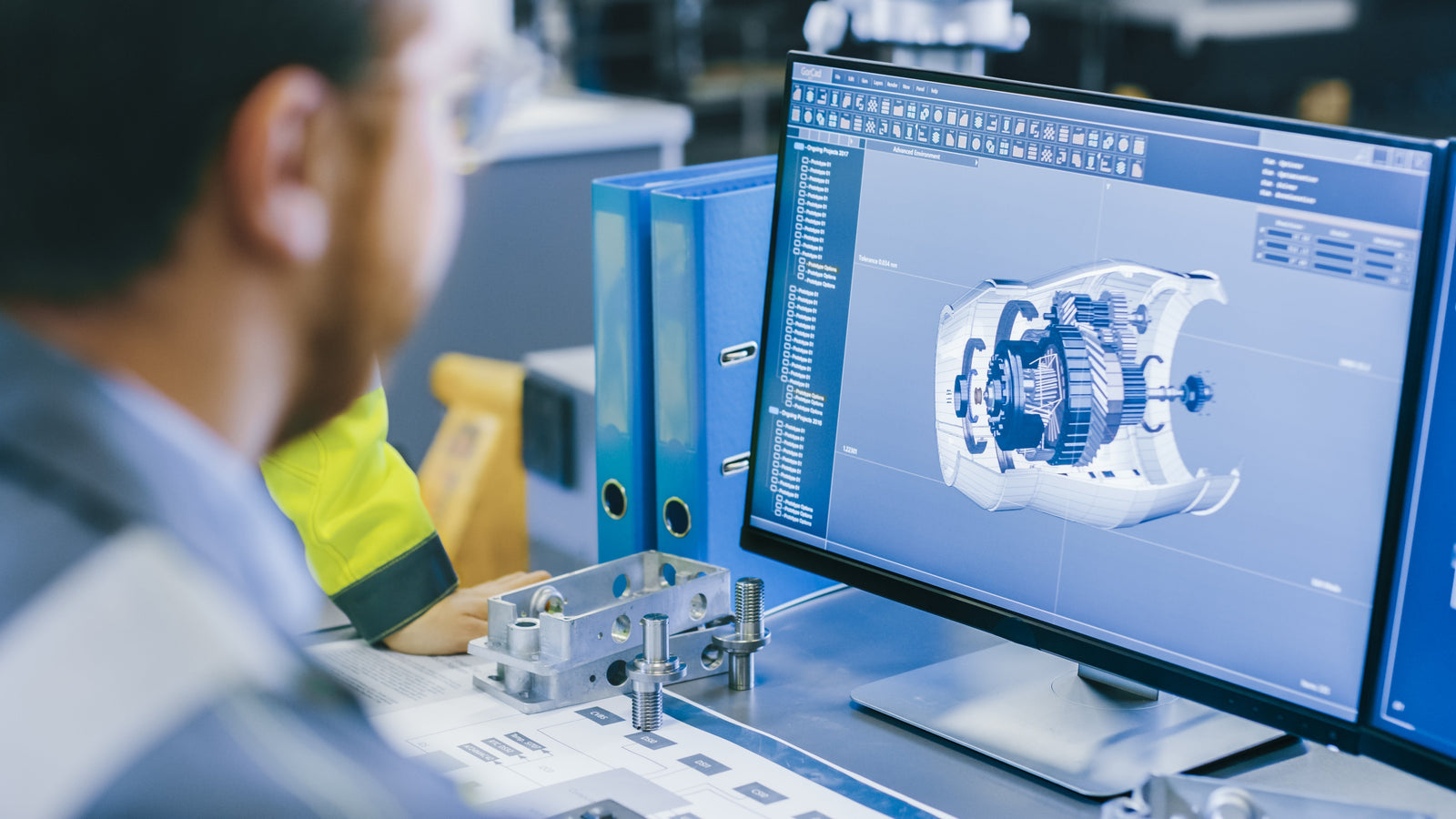In the realm of military electronics, the stakes are incredibly high. Equipment must not only perform reliably under extreme conditions but also meet stringent regulatory and operational standards. One of the most critical components in military electronics design is the connector. Connectors play a vital role from communication devices to propulsion to weapon systems. Let’s review a few sometimes-overlooked, back-to-basics considerations that military electronics OEMs should keep in mind when designing-in connectors.
Genuinely understanding military standards and specifications is vital. Military applications are governed by a range of standards that dictate the performance and reliability of electronic components. There’s no substitute for being familiar with relevant military specifications, most specifically at the very least:
MIL-STD-810: This standard outlines environmental testing methods for military equipment, including temperature, humidity, shock, and vibration.
MIL-STD-461: This standard addresses electromagnetic interference (EMI) and electromagnetic compatibility (EMC) requirements.
Ensuring that connectors meet these standards is crucial for compliance and operational effectiveness. However be aware of any anticipated updates to military standards and regulations that may impact connector design and compliance.
Military equipment is often deployed in extreme environments, which can include temperature (both high and low), moisture and corrosion (including salt and other corrosive elements), vibration and shock. Manufacturers of QPL and commercial connectors normally provide the military specifications that their products meet, along with other physical attributes that would be useful for the design-in process. Utilize that information to select connectors designed to withstand extreme elements without failure.
Let’s also be aware that that military technology is constantly evolving, and interconnected equipment may need to be upgraded or modified over time. OEMs should design-in connectors with future scalability in mind including modular designs (connectors that can be easily replaced or upgraded as technology advances) and standardization to simplify future upgrades and ensure compatibility with existing systems. Designers and engineers should also stay informed on emerging new technologies and innovations, most specifically keeping an eye on developments in high-speed connectors, fiber optics, and wireless technologies that may enhance performance. And of course, regulatory changes should be monitored that would effect current and future connector selections.
A final frequently-overlooked attribute when designing-in connectors is to evaluate the manufacturing and assembly processes. The ease of manufacturing and assembly can significantly impact production timelines and costs. Consider if any aspect of assembly will be automated and choose connectors that are compatible with the anticipated equipment and process. Also review the Design for Manufacturability (DFM) to ensure that the connector designed-in allows for easy integration into the overall product design, minimizing the risk of assembly errors.
 Designing-in connectors for military electronics programs is a complex task that requires careful consideration of various factors. CDM Inc. provides a full complement of QPL, mil-spec and commercial-grade connectors that fit a wide range of standards and requirements. A well-designed connector can significantly enhance the performance and durability of military equipment, ultimately contributing to mission success. By understanding military standards, evaluating environmental conditions, prioritizing reliability, planning for future upgrades, and staying informed on emerging technologies, OEMs can create robust and reliable systems that meet the demanding needs of military operations.
Designing-in connectors for military electronics programs is a complex task that requires careful consideration of various factors. CDM Inc. provides a full complement of QPL, mil-spec and commercial-grade connectors that fit a wide range of standards and requirements. A well-designed connector can significantly enhance the performance and durability of military equipment, ultimately contributing to mission success. By understanding military standards, evaluating environmental conditions, prioritizing reliability, planning for future upgrades, and staying informed on emerging technologies, OEMs can create robust and reliable systems that meet the demanding needs of military operations.

